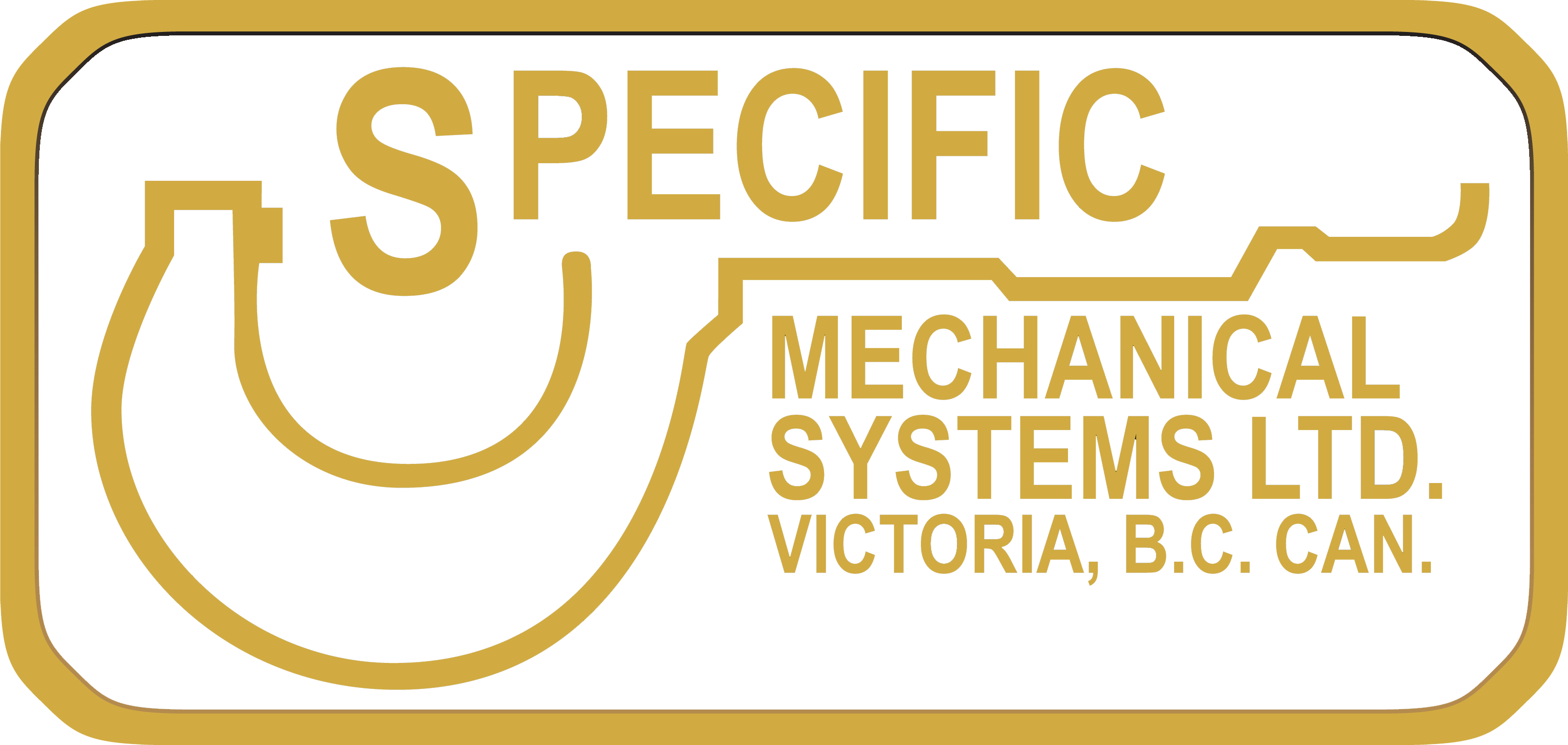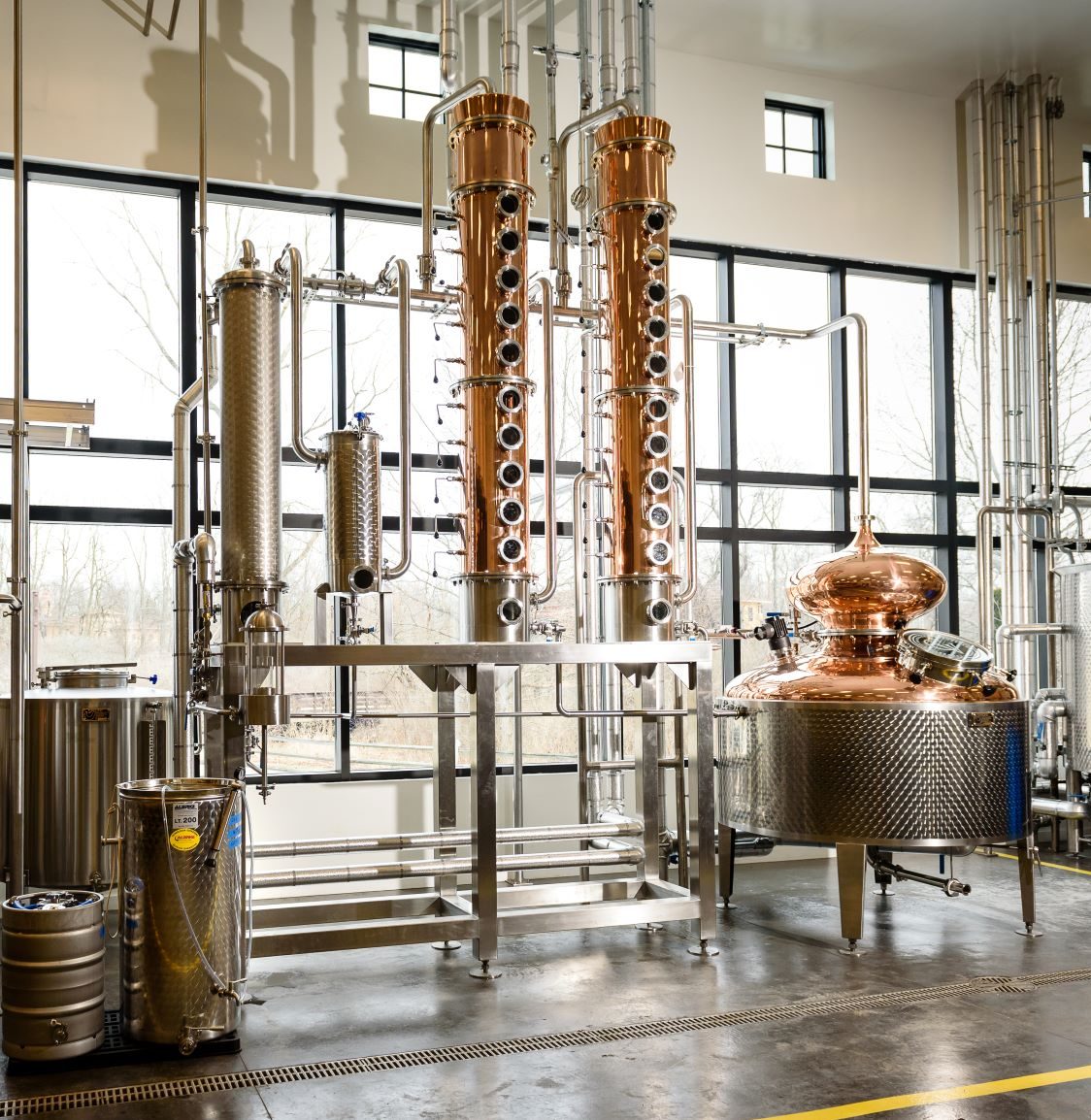Distillation, the process of separating and purifying liquids through vaporization and condensation, has been a cornerstone of the alcohol production industry for centuries. Whether you enjoy a glass of whiskey, vodka, or rum, chances are it has undergone distillation to achieve the desired flavor profile and alcohol content. However, not all distillation methods are created equal. In this article, we will delve into the world of distillation and explore various methods such as pot still, column still, and continuous still, and how they impact the final product.
Pot Still Distillation:
Pot still distillation is one of the oldest and most traditional methods of distillation. It involves heating a batch of fermented liquid in a pot still, which consists of a large vessel with a swan neck-shaped tube attached to it. As the liquid is heated, alcohol and other volatile compounds evaporate and rise up the swan neck, where they are then condensed and collected.
One of the defining characteristics of pot still distillation is its batch production nature. Each batch is distilled separately, resulting in a limited quantity of spirit per run. This method is known for producing spirits with robust flavors, as it retains more of the congeners, which are the flavor compounds present in the fermented liquid. Pot still distillation is often favored for producing whiskey, brandy, and some types of rum, where flavor complexity and character are highly valued.
Column Still Distillation:
Column still distillation, also known as continuous distillation, is a more efficient and industrialized method. It involves a tall column, often referred to as a rectifying column or a fractionating column, through which the fermented liquid continuously flows. The column is equipped with plates or trays that allow for multiple stages of distillation to occur simultaneously.
In the column still, the fermented liquid is heated at the bottom, and as it rises through the column, it undergoes repeated cycles of vaporization and condensation. The volatile compounds with lower boiling points rise to the top of the column, while heavier compounds with higher boiling points remain at the bottom. This separation allows for the production of different “fractions” or components with varying levels of purity.
Column still distillation is known for producing spirits that are lighter and more neutral in flavor compared to pot still distillation. Vodka, gin, and light-bodied rums are often produced using this method. The continuous nature of column still distillation enables large-scale production and consistent quality, making it a preferred choice for many commercial distilleries.
Continuous Still Distillation:
Continuous still distillation is a further refinement of the column still method. It involves a continuous flow of liquid into the still, without the need for separate batches. This method allows for an even more efficient and continuous production process, with minimal interruptions.
Continuous stills are designed to achieve high levels of alcohol purity. They consist of multiple columns and plates that enable precise control over the separation process. The liquid flows through these columns, and the alcohol vapor is continuously separated and collected at different stages. This method is commonly used in the production of neutral spirits and high-proof ethanol.
The impact of distillation methods on the final product is profound. Pot still distillation, with its batch production and retention of flavor compounds, results in spirits with pronounced and complex flavors. Column still distillation, on the other hand, yields lighter and more neutral spirits. Continuous still distillation takes efficiency to new heights, producing highly purified alcohols for various industrial applications.






